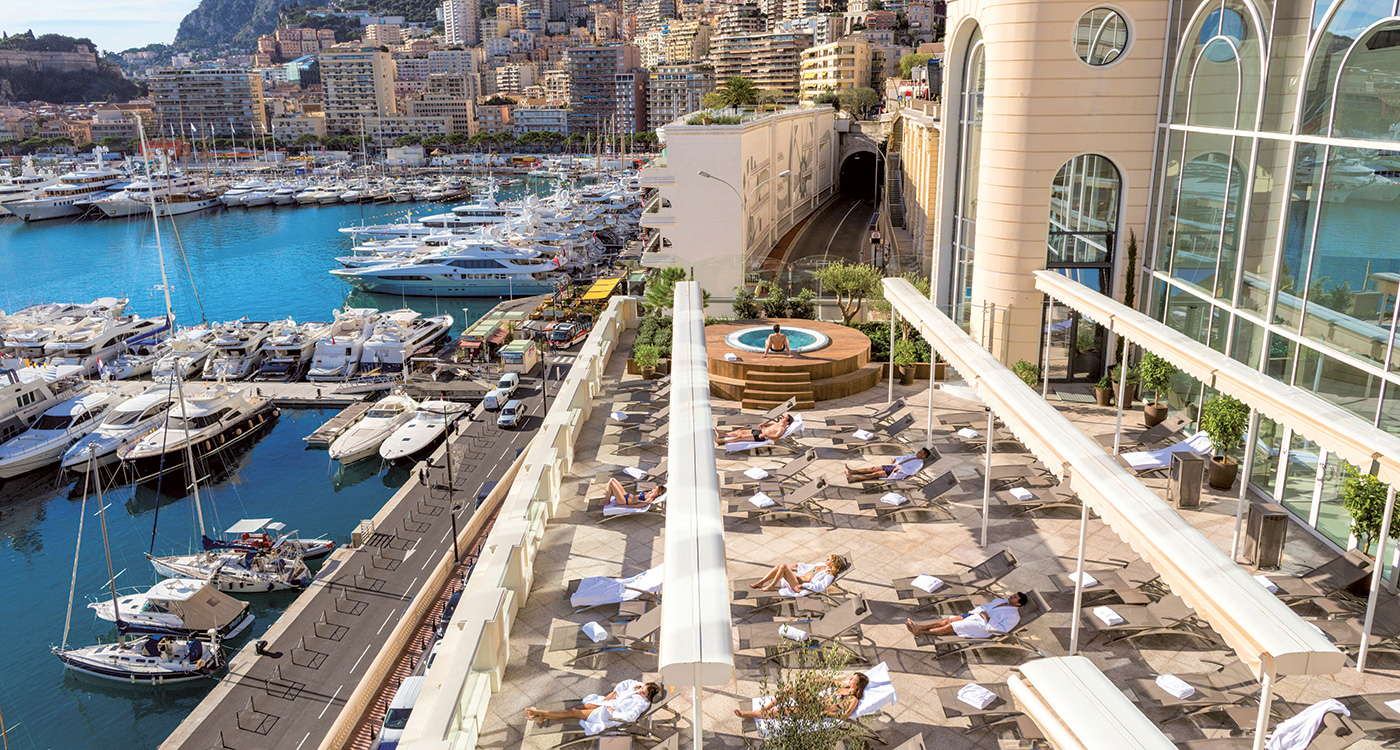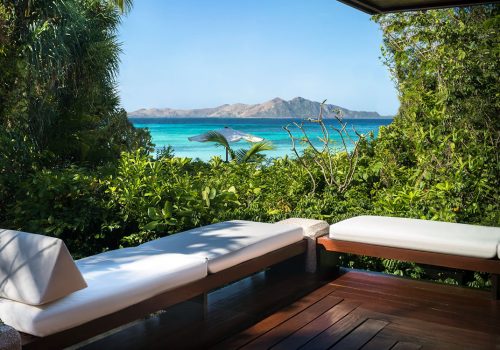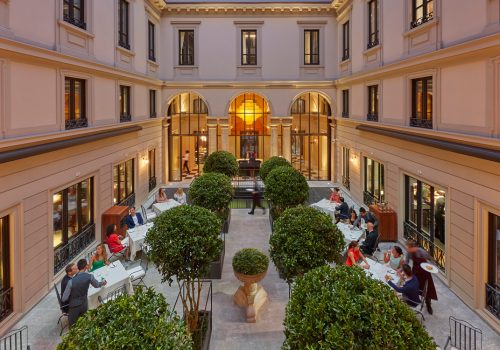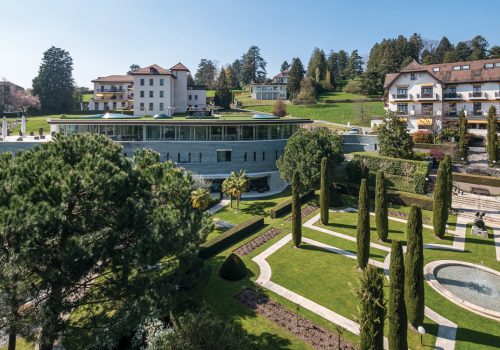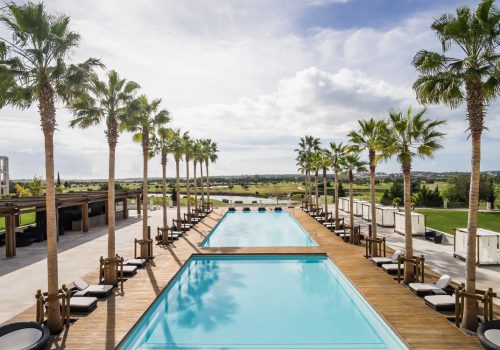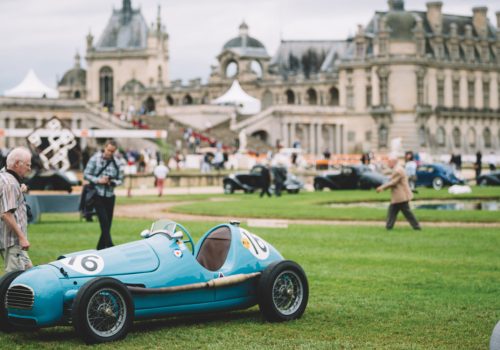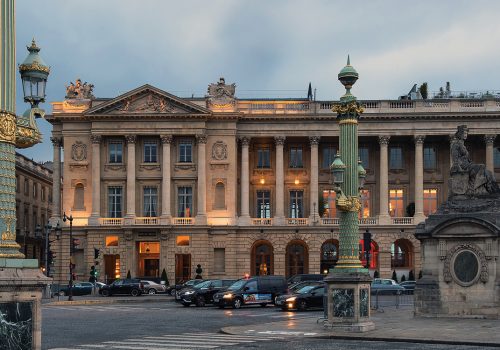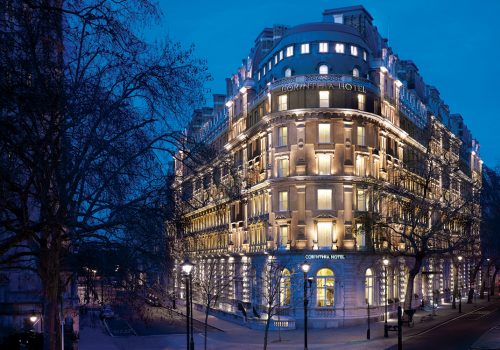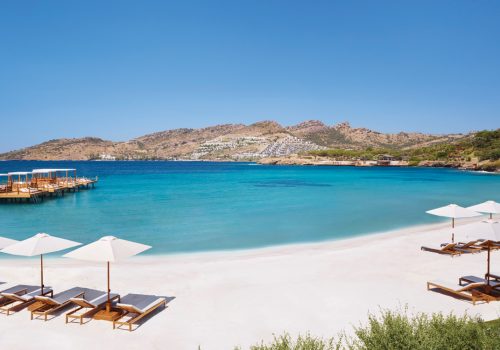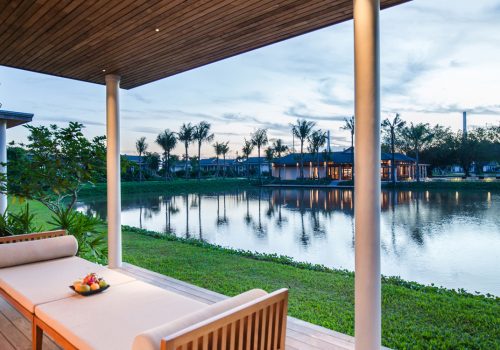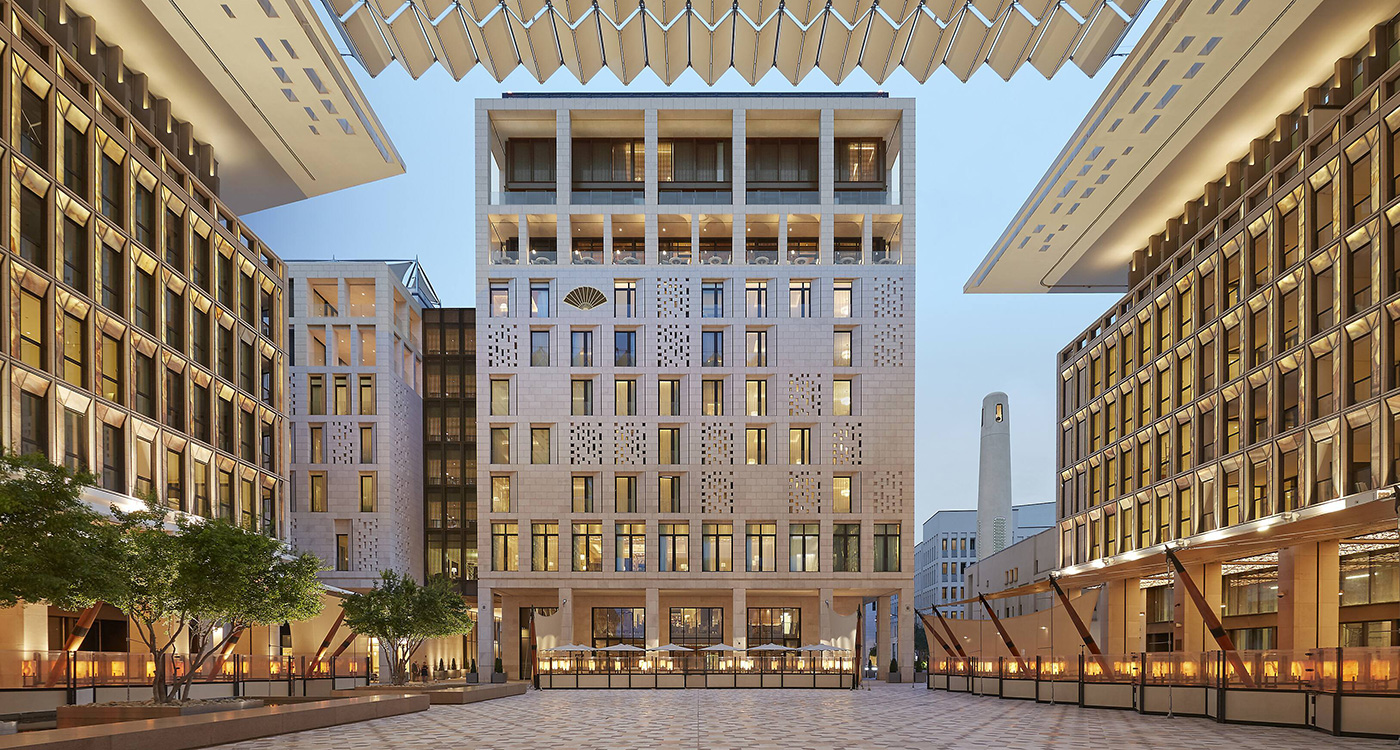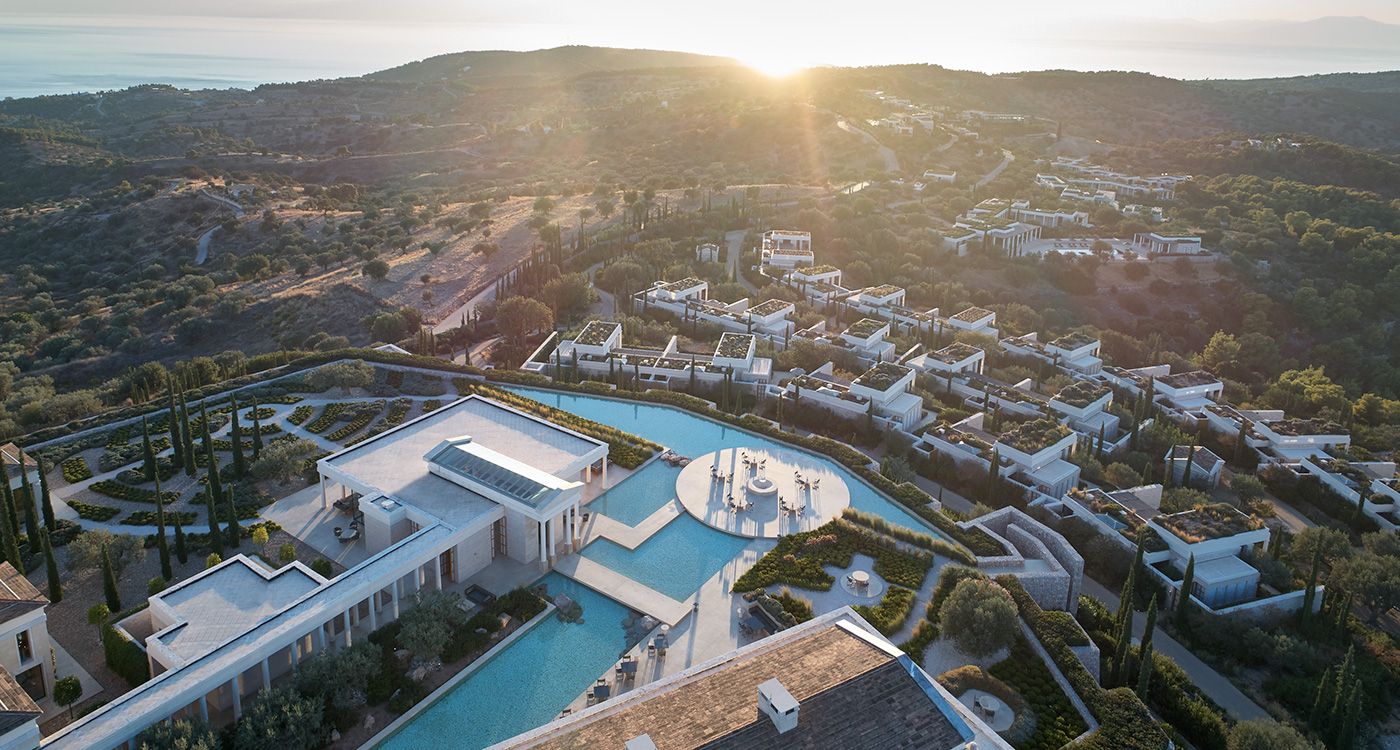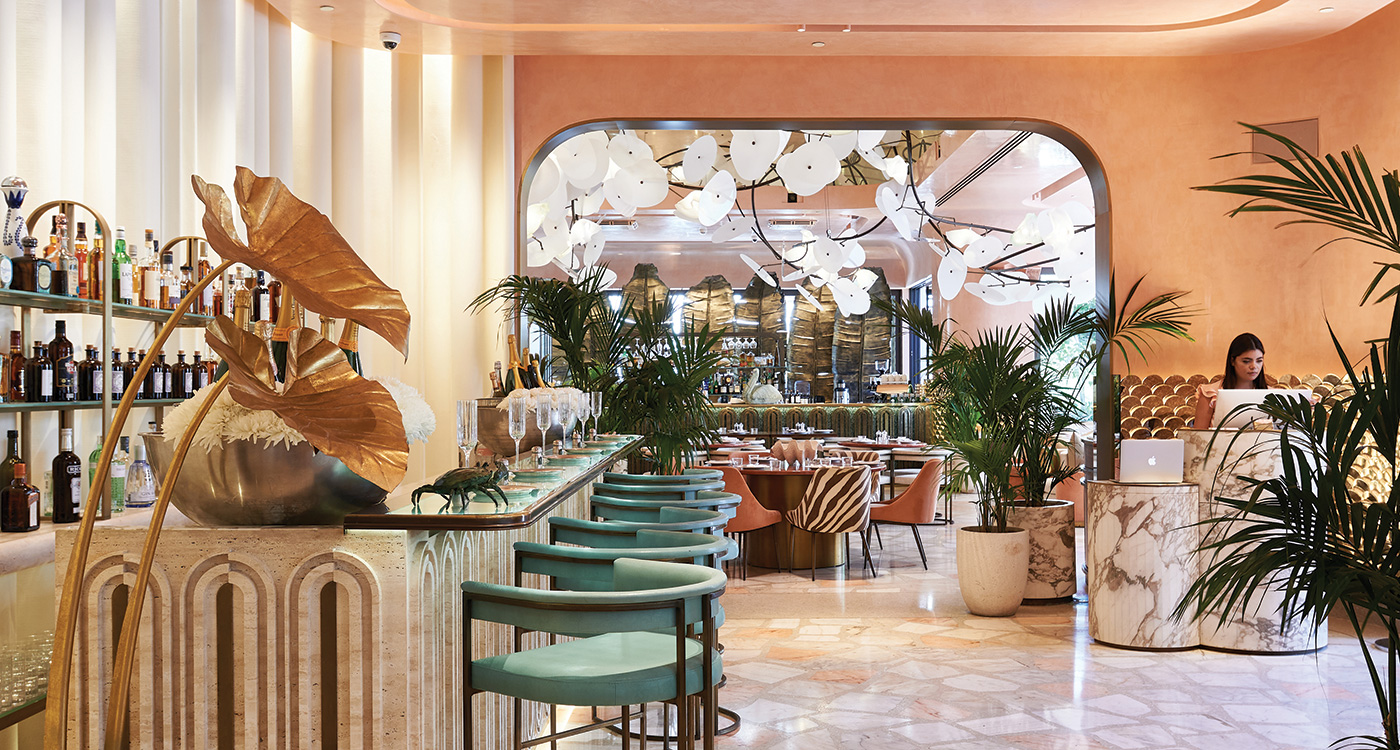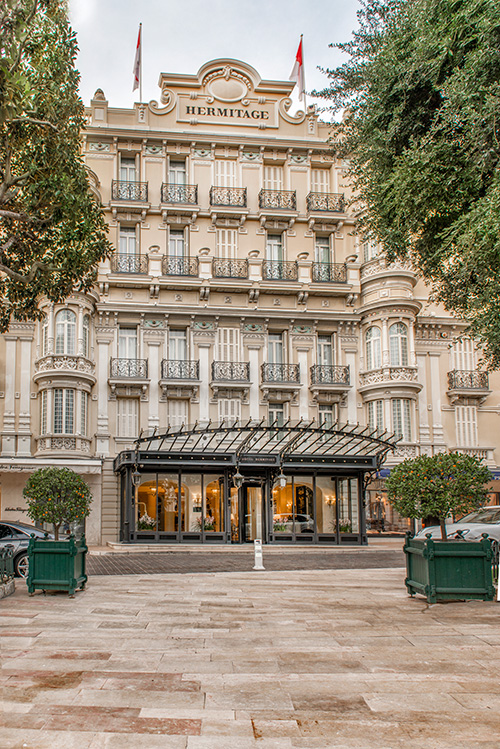
ABOVE: The Hôtel Hermitage was originally built in 1890 and extended many times over the years to now comprise 278 rooms, most of which look out over Port Hercule.
Monaco is one of those places that I’d imagine most of you readers know rather well. I certainly thought I did, but – after a recent visit at the invitation of SBM – I realised there was still much for me to learn.
For example, did you know that Monaco wasn’t always the petite two-square-kilometre principality it is today? I didn’t either. It turns out that up until the mid-19th century, Menton and Roquebrune-Cap-Martin were under Monegasque rule but, in 1861 the two towns voted in favour of being annexed by France and in return, France recognised Monaco’s sovereignty – granting it partial French protection, on the condition that, if ever the Grimaldi royal family loses control, the Principality will become part of France. This provided the royal family the political support they so desperately needed but they still had big financial problems that were only made worse by the loss of Menton and Roquebrune-Cap-Martin (and they had already raised taxes on their subjects as far as they possibly could). As a result, the sovereign, Prince Charles III, decided to build a casino – something that was still taboo in Europe – in the hope of attracting the Riviera’s beau monde. He enlisted the help of a shady French impresario by the name of François Blanc, who had already struck gold with a casino in Bad-Homburg. With Blanc on board, they founded the Société des Bains de Mer (SBM) in 1863 to manage the new casino, which Blanc named after the Grimaldi ruler, Charles – or Carlo in the local dialect. Luckily for Monaco, Blanc’s Midas touch did not desert him, and he adeptly turned what used to be a barren, barely developed patch of land on the Mediterranean into a glamorous resort town with a train station, an attractive beach promenade, a stunning casino, an opulent opera house and a luxury hotel featuring state-of-the-art electricity lamps and, most unusually of all, rooms that came with their own bathrooms.
“Monaco had a near monopoly on legalised gambling in Europe in those days, but François Blanc realised that such an advantage might not last forever, so he built up the town to offer much more than just the casino,” explains Pascal Camia, the COO of SBM today. “This might seem like an obvious strategy nowadays when we can look at places like Las Vegas or Macau, but Monte Carlo was the first ever modern integrated resort and even today you have the luxury of being able to enjoy the Monte-Carlo experience in all of Monaco. It is why we named our beach-club the Monte Carlo Beach and why we named our first modern MICE [meetings, incentives, conferences and exhibitions] hotel, the Monte-Carlo Bay – it all stems back to how we act as a resort.”
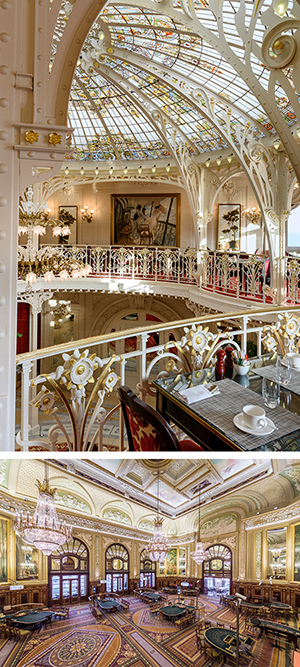
ABOVE: Grandiosity is everywhere in Monaco from the Hôtel Hermitage’s breakfast room’s glass dome created by Gustave Eiffel to the lavish games’ rooms of SBM’s prized casino next door.
Back to the 19th century and it’s amazing to learn that the casino was such a cash cow that just six years after François Blanc’s arrival, Prince Charles was able to abolish income tax for his subjects, and that’s how the Principality became the tax haven it is today. Still, as beneficial as eliminating taxes might have been at placating loyal subjects and attracting new moneyed residents, it was SBM’s strategy of running Monte-Carlo as a single integrated resort that was the key to drawing in the tourists both then and now. Indeed, the policy has helped SBM achieve sustainable growth for 160 years and their latest consolidated financial reports show that tourism hasn’t just rebounded since Covid, it is thriving even within the geopolitical context of a war in Ukraine, a crisis with Russia and a sharp rise in both energy prices and the cost of goods. As a matter of fact, their 2022 revenues and profits surpassed 2019’s pre-Covid figures and this year they’re on track to smash the all-time records set in 2007. And, as if that’s not reason enough to celebrate, SBM (which counts the Government of Monaco as its biggest shareholder, with 64.21%, un-named shareholders next with 20.76%, SCI Esperanza with 5.04%, LVMH with 5.00 %, and finally GEG Investment Holdings with 4.99 %) has also been able to demonstrate that their modernisation policy is bearing fruit given their ability to attract a younger clientele – 44 per cent of customers in 2019 were under 50, today that figure is almost 55 per cent.
“We’re always looking at ways we can make the hotels, restaurants, and casino experience better and more seamlessly integrated,” continues our SBM confidante. “The strategy of our chairman has been to reinvigorate the experience of the Casino Square and he has done that very well. We have built a new district with the One Monte Carlo residences and shopping area. The Hôtel de Paris underwent a four-year [280 million USD] renovation. Of course, we kept the DNA of the original, but we brought the hotel into the contemporary era. We also redid the entire flow around the square, not just for the traffic but the pedestrians too. We revamped the casino, with a big change made to the first room that now caters to fun players with relaxed rules about how quiet you must be, dimmer lights and a nice ambience that’s perfect for someone who is as interested in having a drink at the bar, or having a meal at the restaurant, as he is having a light gamble. At the end of the day, if you look at Vegas, you will see that around the late-2010s there was a crossover of the non-gaming business to gaming and now, among integrated resorts, non-gaming accounts for around 70 per cent of revenue and gaming only 30 per cent. Monaco had not been doing enough in this domain but now we’ve improved our product, and journey, both within the casino and beyond.”
Happily, we were able to bear witness to SBM’s wider strategies. Our stay in Monaco was at the Hôtel Hermitage, which will be next in benefiting from a major revamp but for now retains an old-world charm, stunning views over Port Hercule and a fine choice of dining options including the Michelin-starred Pavyllon by Yanick Alléno, who apparently set out with the aim of ditching the “super-gastronomy” and “chichi and pompom” you might find elsewhere in the Principality for a less formal dining experience. We can attest to having sampled the best lasagna we’ve ever tasted there and that’s not something you’d expect from a French fine dining restaurant, so mission accomplished.
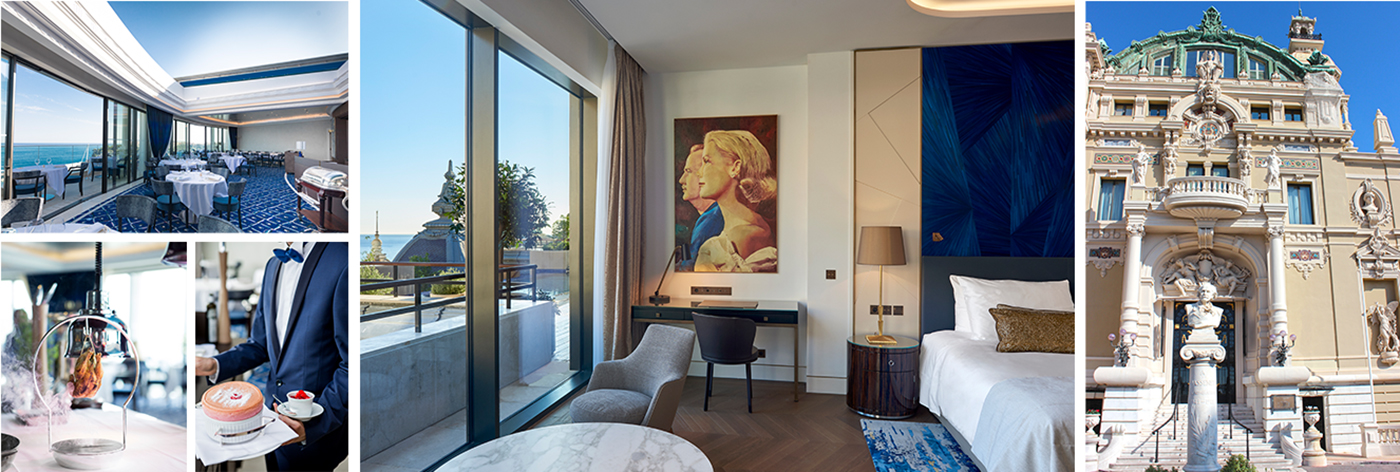
ABOVE LEFT: Le Grill, is headed by Chef Dominique Lory, who previously spent more than a decade working alongside Alain Ducasse at the triple-Michelin starred Louis XV. Its signature dish is charcoal-roasted chicken, which is infused with incense on a thurible before being carved tableside. We recommend taking a drink on the terrace first and reserving a table under the moon roof. ABOVE RIGHT: Designed by the same architect (Charles Garnier) as the famous Palais Garnier in Paris, the Monte Carlo Opera House is actually a quarter-scale version of it. ABOVE CENTRE: The renovated Hôtel de Paris.
Also, part of our tour was a visit to the magnificent Hôtel de Paris and its two top suites: the more feminine 35,000 USD-a-night Princess Grace Suite with its vast terrace, private pool, and library of books, as well as the even grander 45,000 USD-a-night Prince Rainier III Suite that’s clearly designed with heads of state in mind. Moreover, we got to try out several restaurants that showcase how Monaco remains a centre for gastronomic excellence. Of course, that’s not a surprise for many of you. After all, Auguste Escoffier, the father of French cuisine, cooked here in the 1880s, and when Alain Ducasse’s Le Louis XV at the Hôtel de Paris became the first hotel restaurant to win three Michelin stars in 1990, it set a standard for in-house dining that luxury hoteliers have been chasing ever since. Then again, we were able to sample new delights such as the Michelin-starred Le Grill, which can be found on the top floor of the Hôtel de Paris with its unexpected sliding roof and mind-blowingly delicious incense-infused rotisserie chicken.
“Our strategy for SBM restaurants is to strike a balance between Michelin-star establishments, entertainment style international concepts and our own brands,” add Camia. Le Grill, for example, is an SBM creation, as is the Café de Paris, Le Train Bleu, L’Orange Verte and La Rascasse. The Michelin pile, on the other hand, is topped by Marcel Ravin’s Blue Bay these days, as the Martinique-born chef won a second star for his fusion of Mediterranean traditions with Creole influences. Regardless, it’s the loungey, ambience-driven eateries that are the primary driver for SBM now and that all started with Buddha Bar and subsequently evolved with Coya, Em Sherif and now Amazonico (which, when it opens, will take pride of place on the roof-top terrace over the newly rebuilt Café de Paris). “We never stand still at SBM,” adds Camia. “Next summer we will open our very own lounge concept near the beach volleyball area at the Monte-Carlo Beach Club. It will be a super-trendy concept, which we’ll look to export around the world.”
Somewhat taken aback by this casual mention of SBM’s international expansion plans, we asked Camia to offer more details. “We’ve always been looking at opportunities beyond Monaco – whether casinos, hotels or F&Bs – because two square kilometres is limiting. We were offered casinos in London but the timing during Covid didn’t work. Remember, we already had a beach club in Abu Dhabi and there were plans to build a hotel there too – I am not sure what went wrong but given our savoir-faire, an international expansion is a clear medium-term goal.”


